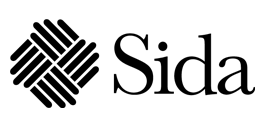Main Article Content
Comparative Study of the Potentials of Aspergillus terreus, Bacillus species and Chlorella vulgaris on the Bio-Remediation of Reactive Red 198 (RR198) Dye
Abstract
Re-dyeing of fabric materials using synthetic dyes (such as reactive dyes) is fast spreading in metropolitan Kano, causing serious damage to ecosystems. This study was carried out to compare the potentials of Aspergillus terreus, Bacillus species, and Chlorella vulgaris in bioremediation and adsorption of Reactive Red 198 (RR198) dye used in fabric re-dyeing. This was achieved through inoculation of pure cultures of the organisms in the dye solution. The highest percentage adsorption for all the test organisms was recorded after 48 hours of inoculation, with Chlorella vulgaris displaying 86.4%, Bacillus species 84.4%, and Aspergillus terreus 69.8% of dye adsorption. The results showed a statistically significant difference in dye adsorption among the three species, with Chlorella vulgaris having the highest adsorption potential compared to the Bacillus species and Aspergillus terreus. The adsorption process fitted with Freundlich's isotherm, revealing a multilayer adsorption pattern. There is a need for the introduction of better strategies that detoxify dyes before discharging them into the environment to avoid further contamination.





